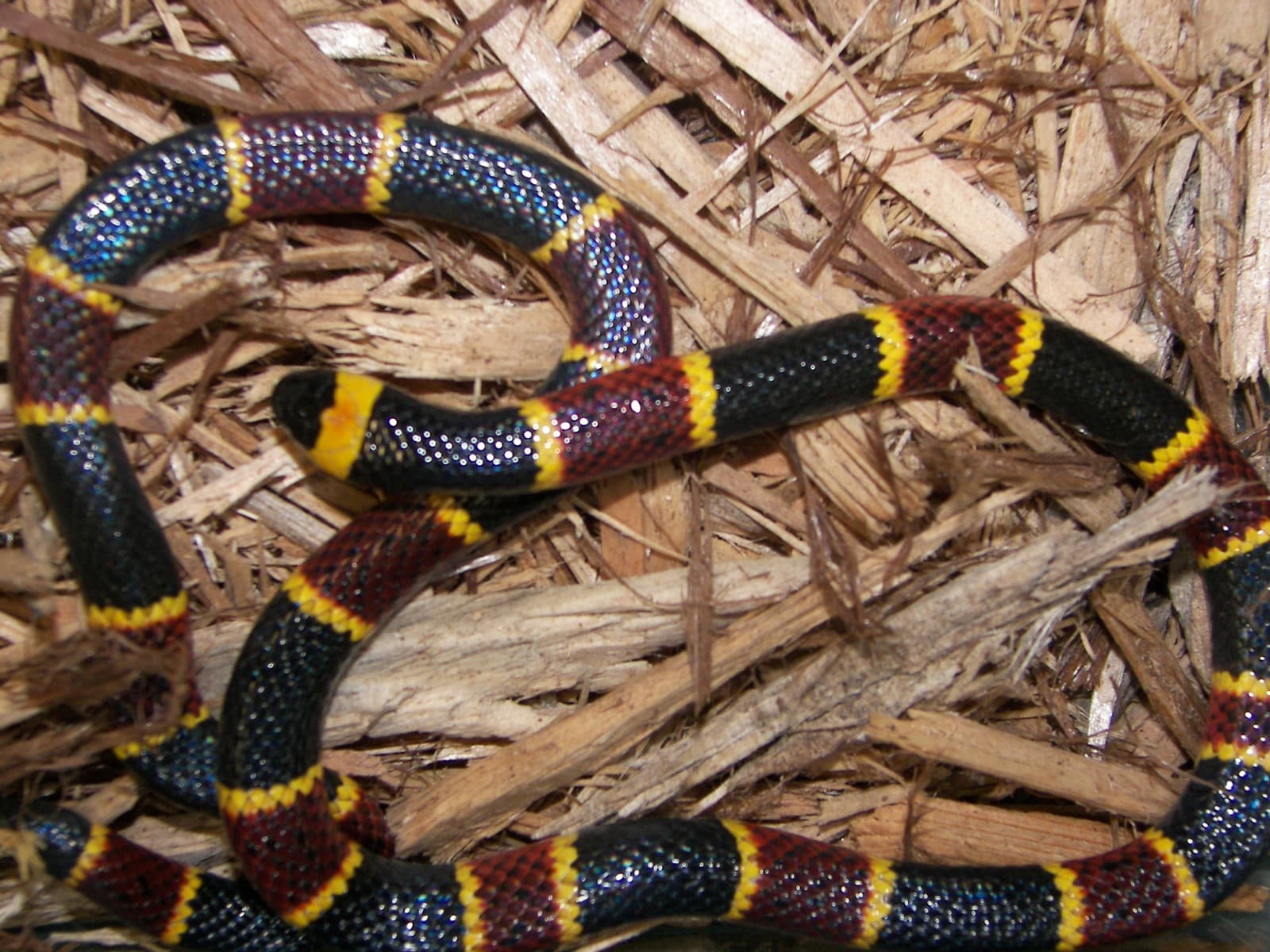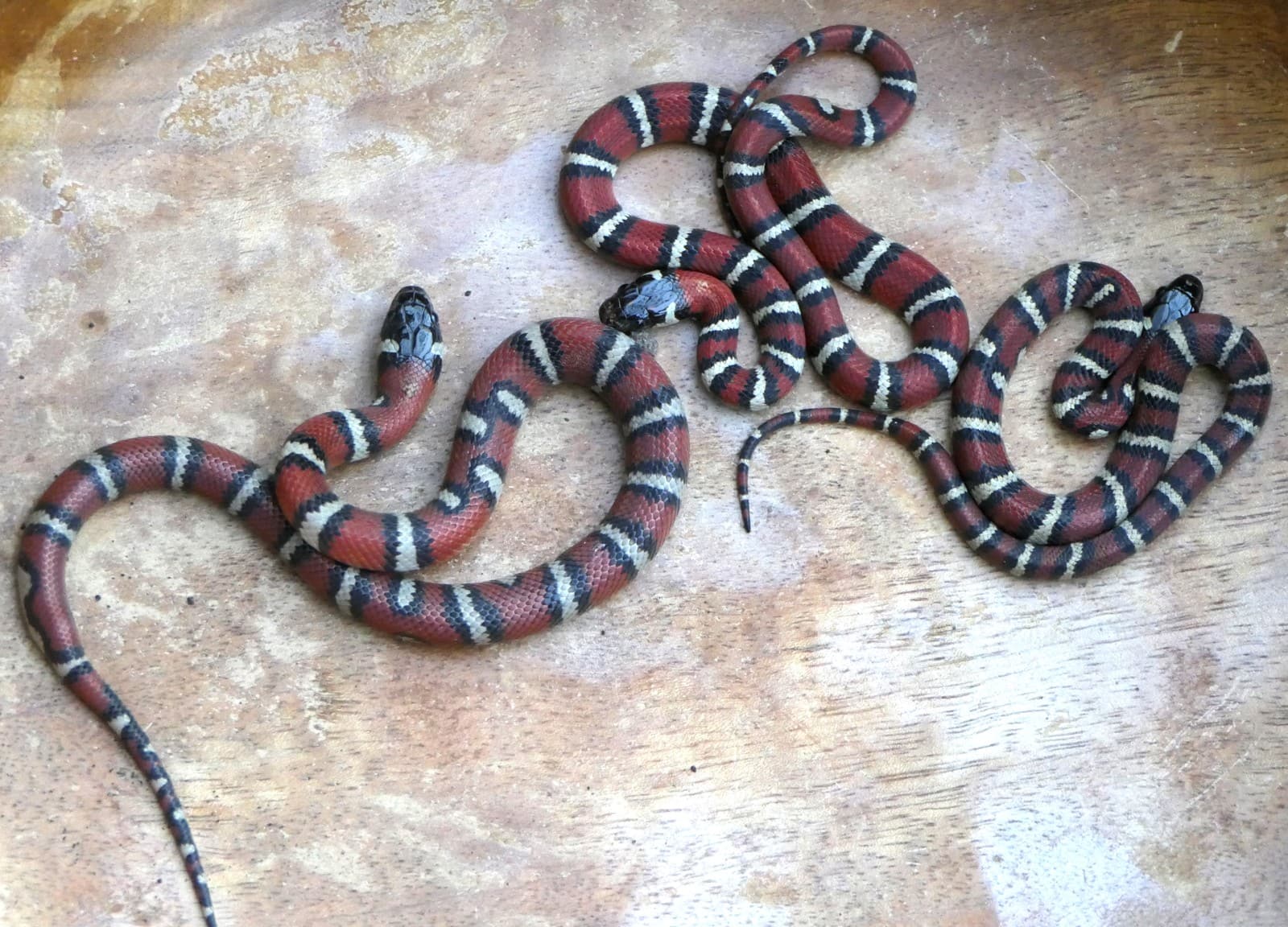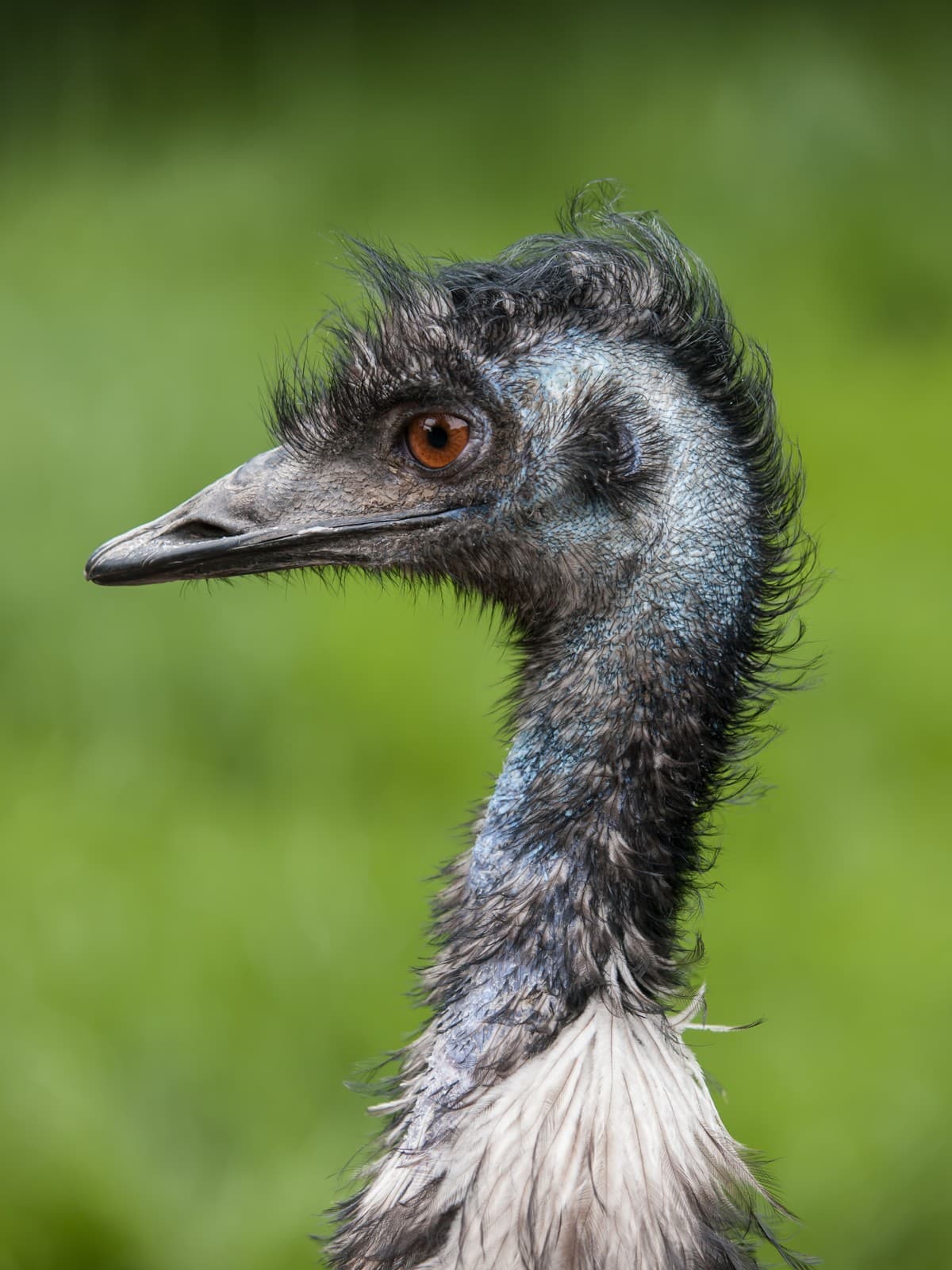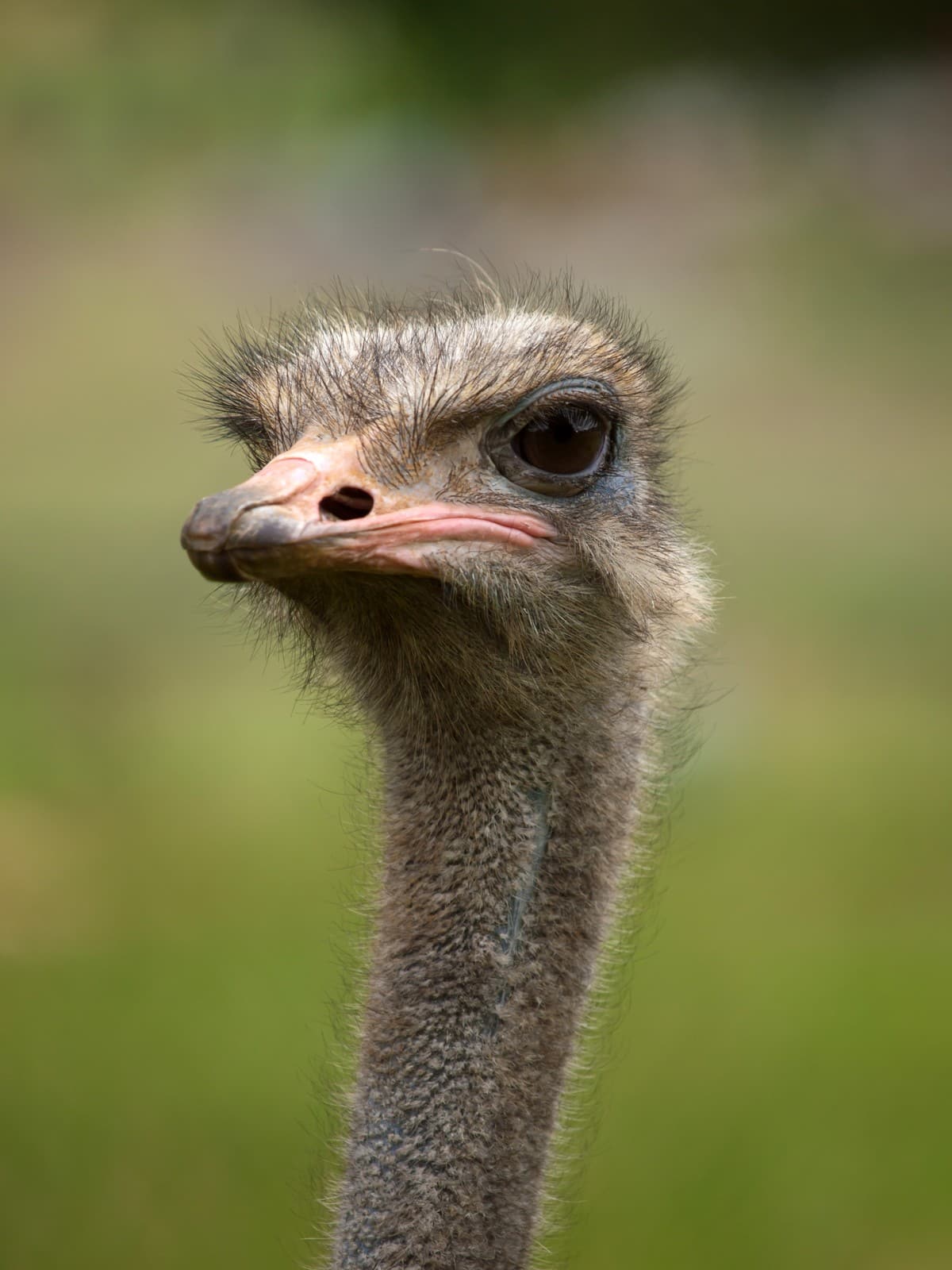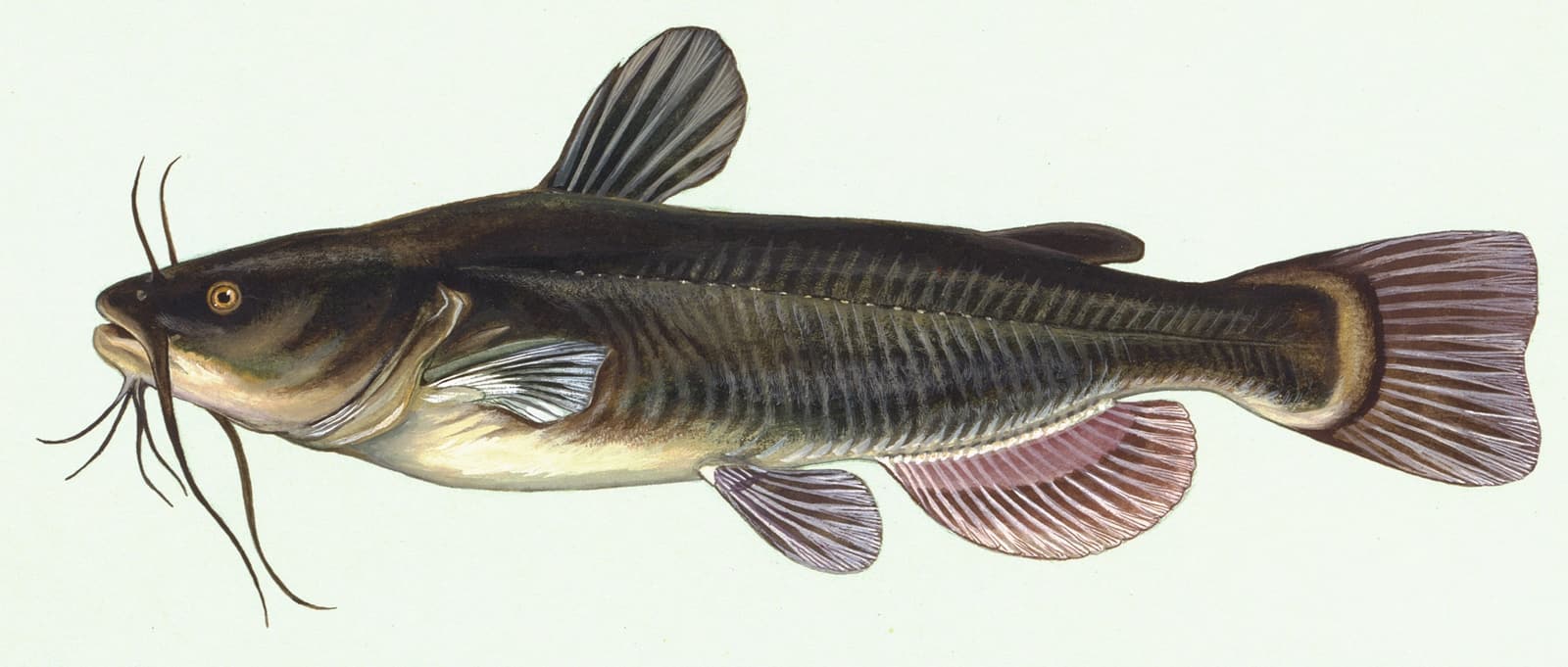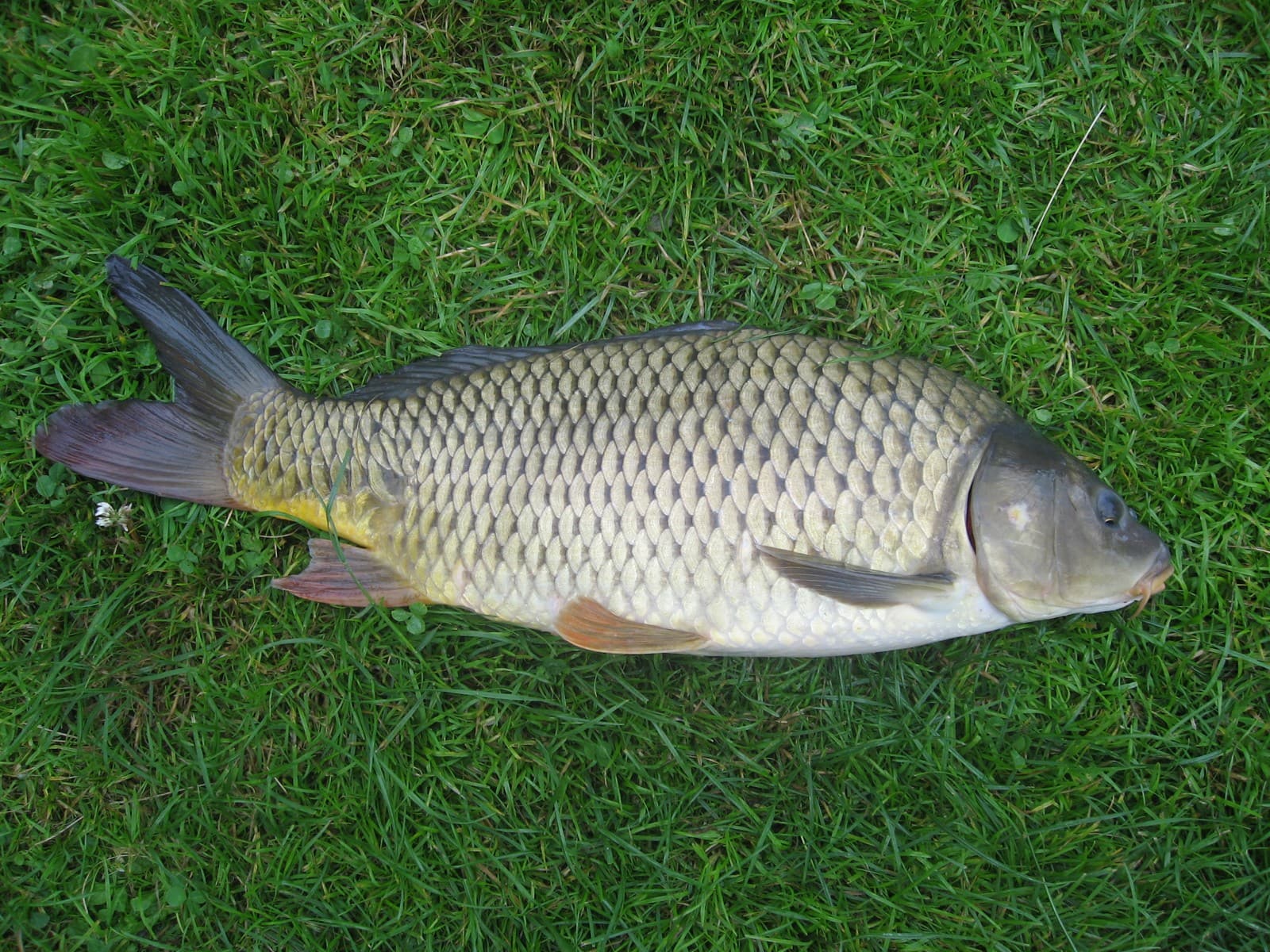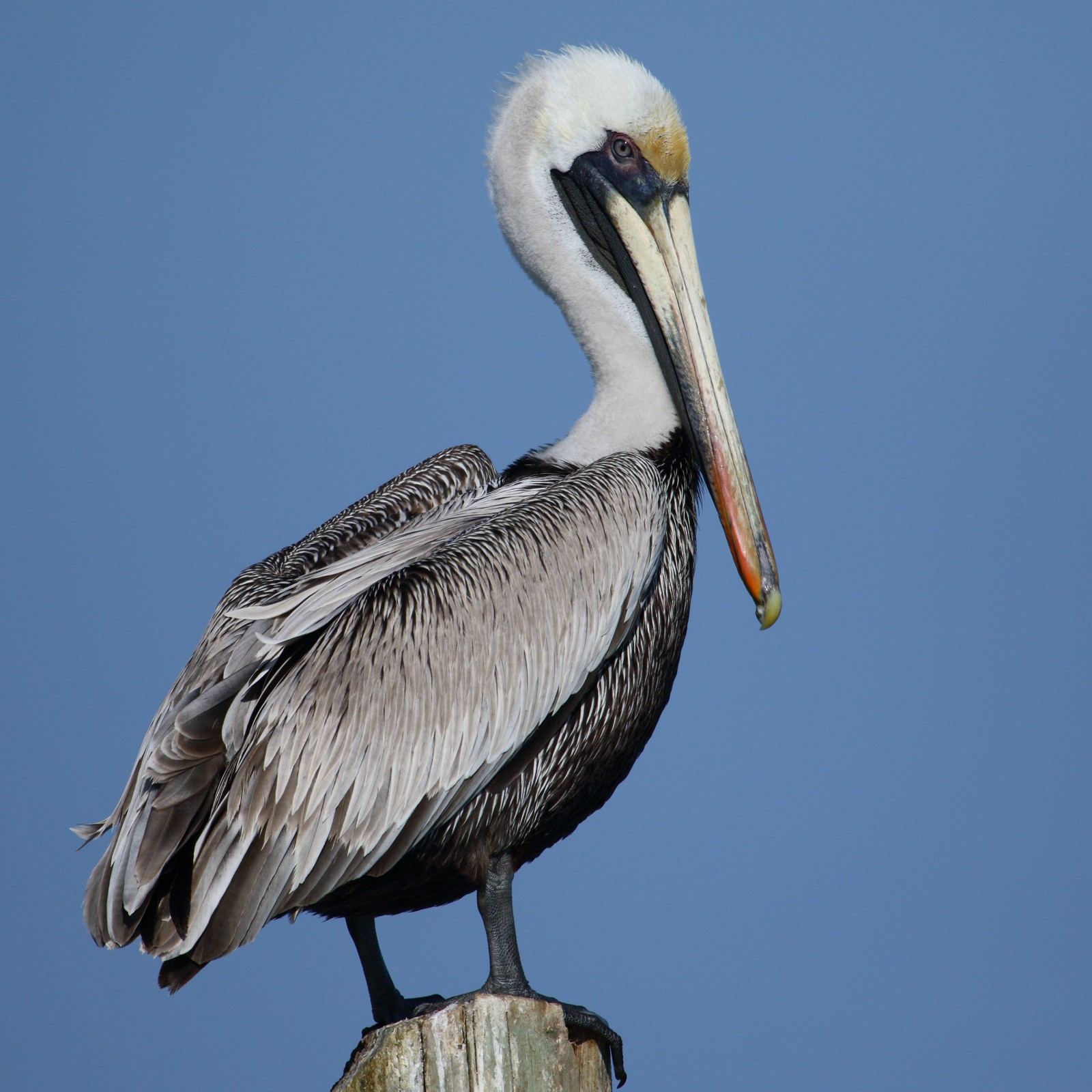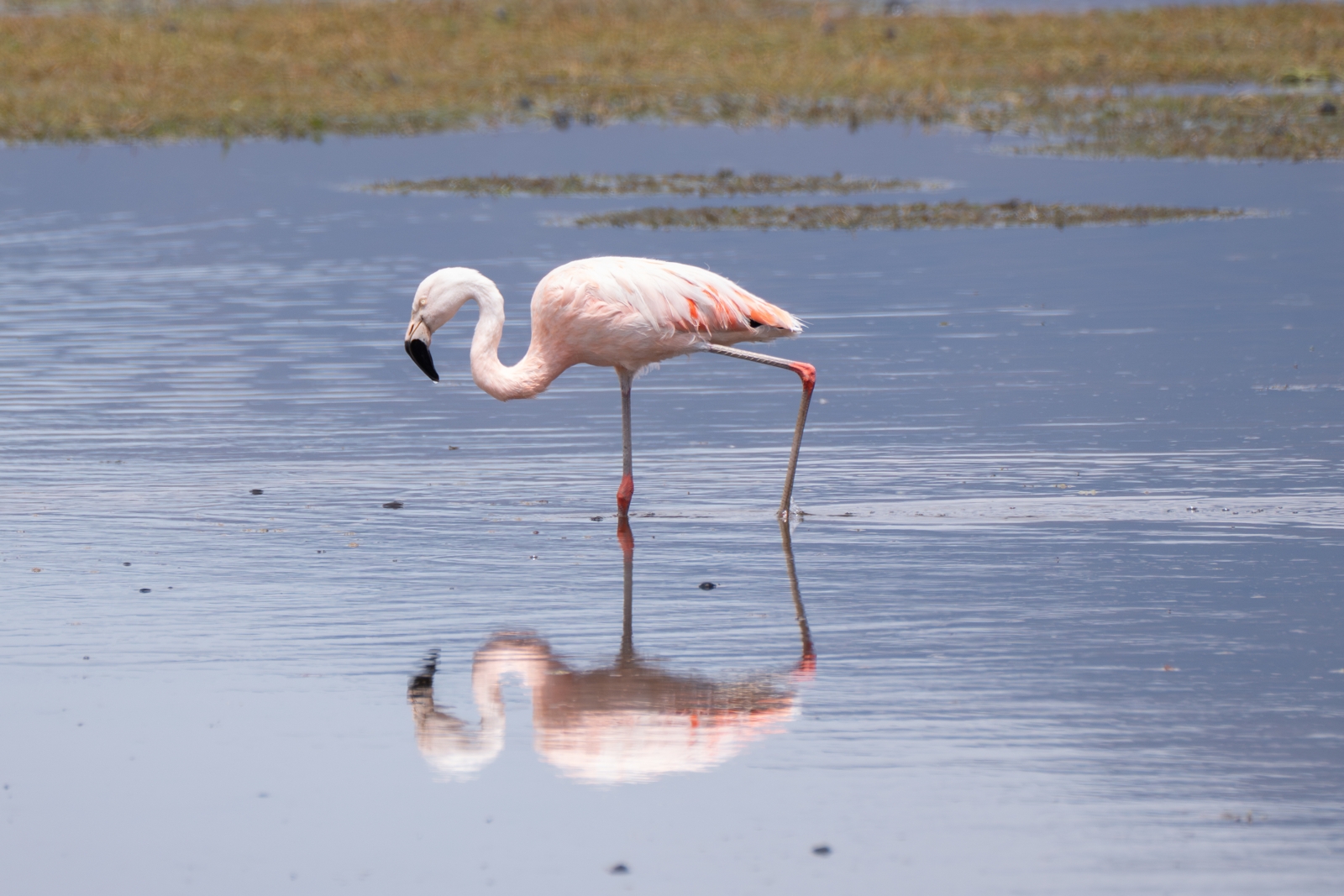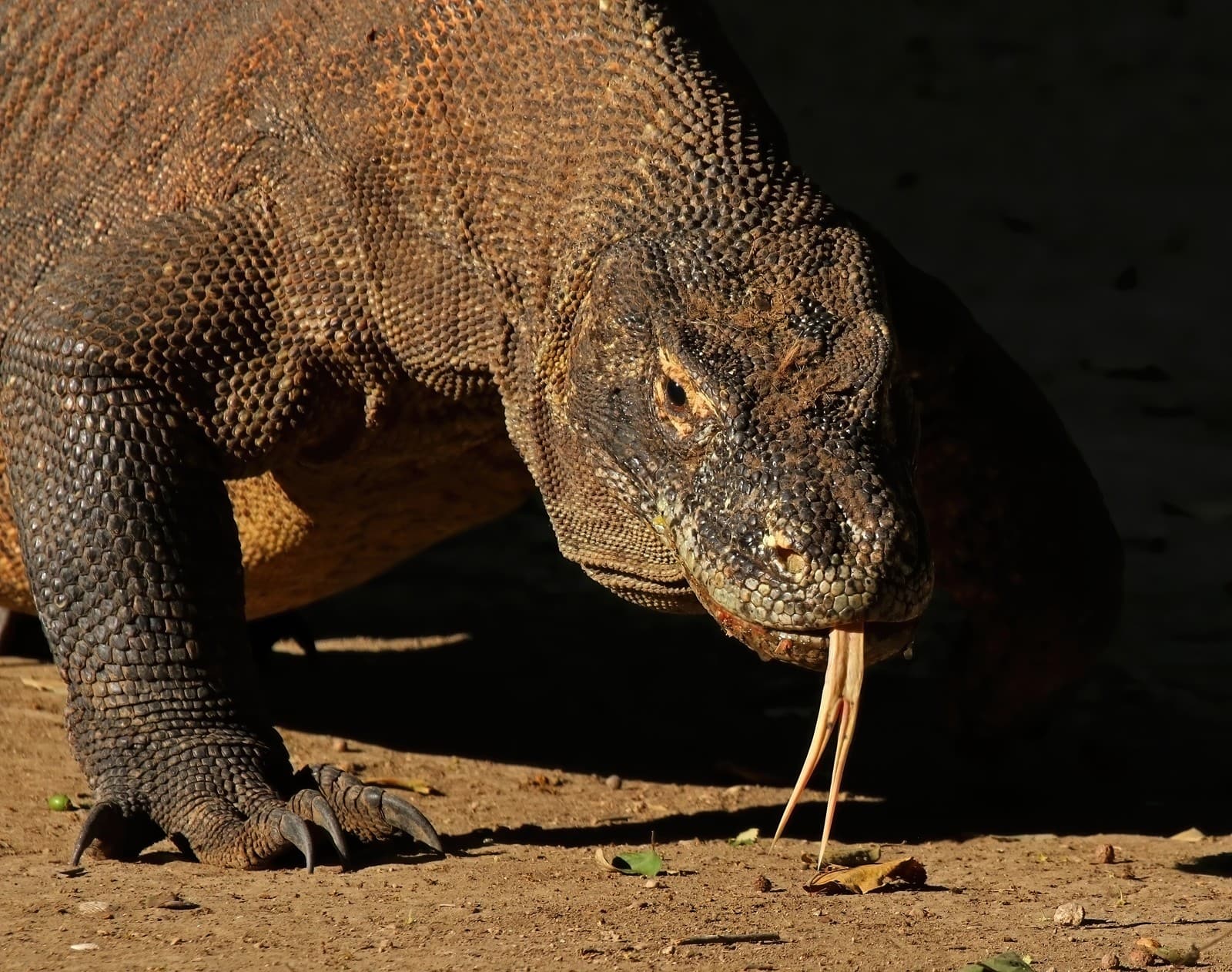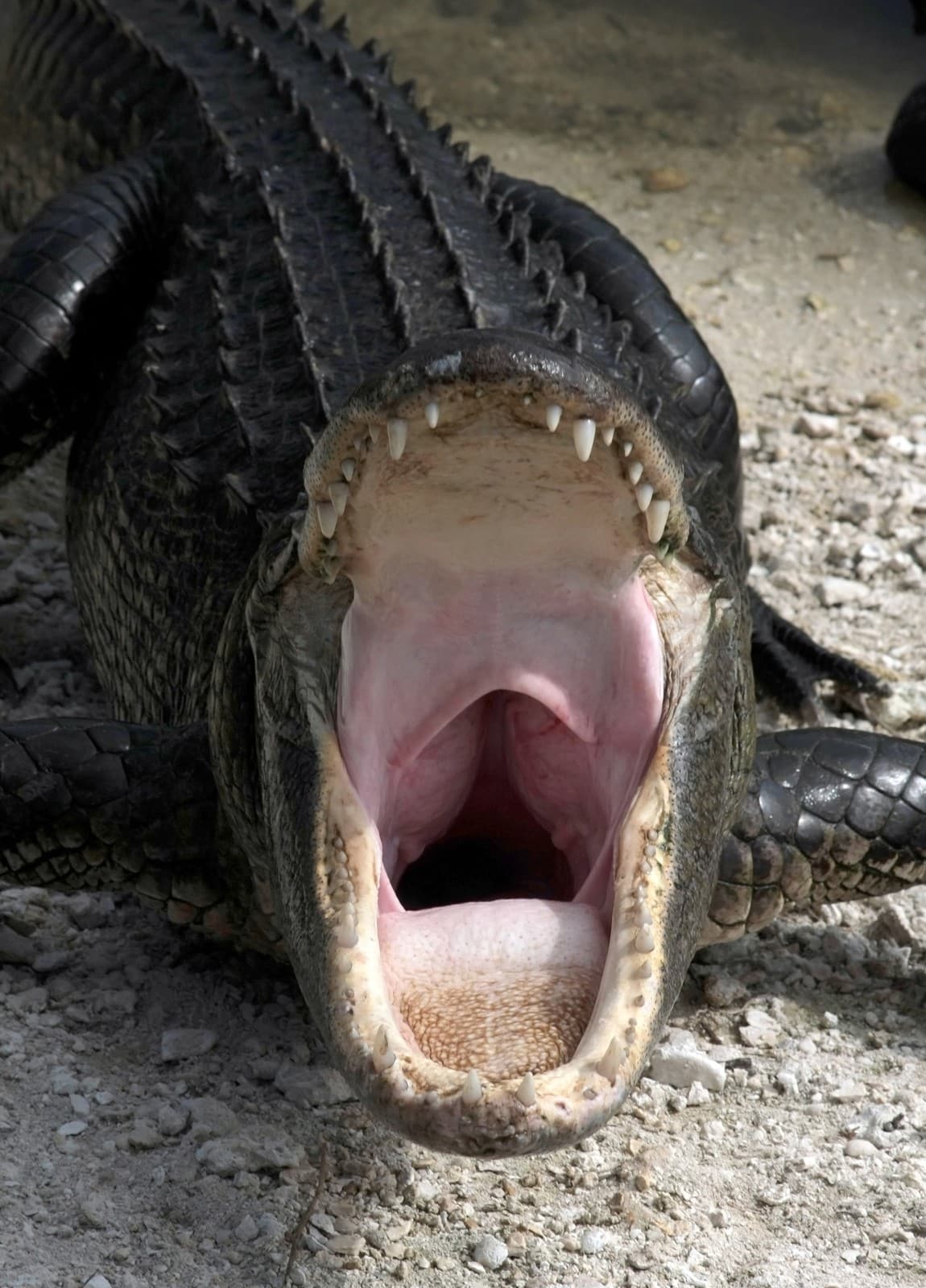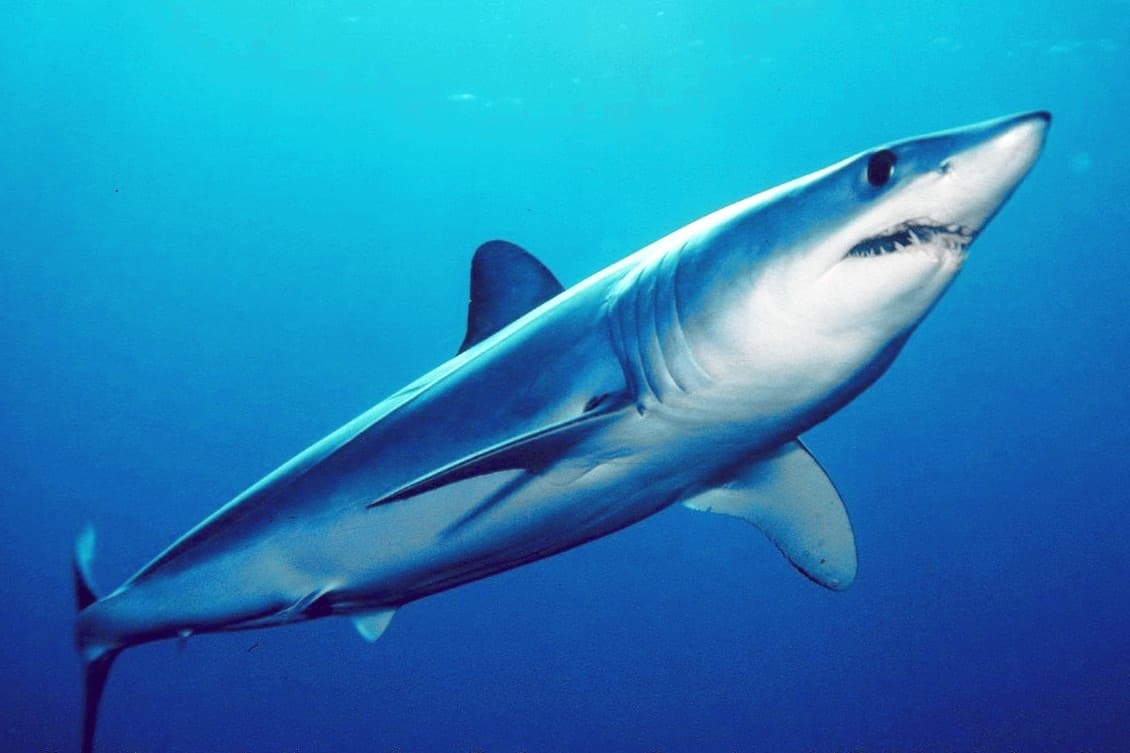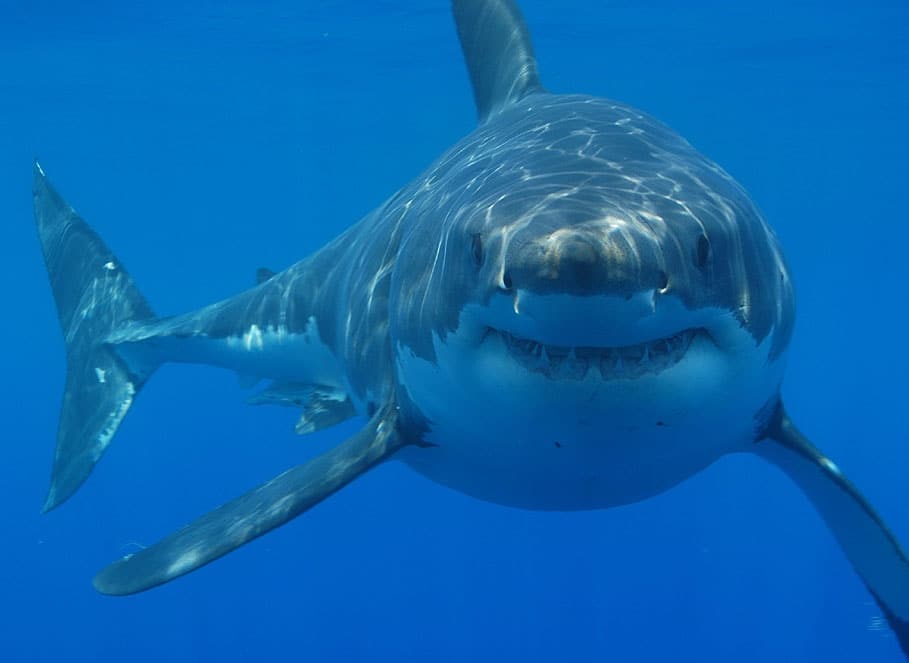King Snake vs Milk Snake: A Complete Comparison
When comparing King Snakes vs Milk Snakes, these two remarkable serpents share several similarities but possess distinct characteristics that set them apart. King Snakes typically grow larger, reaching lengths of 3-6 feet (0.9-1.8m), while Milk Snakes remain more modest at 2-4 feet (0.6-1.2m). Both species are constrictors and immune to the venom of other snakes, making them vital predators in their ecosystems.
The most noticeable difference between King Snakes and Milk Snakes lies in their coloration patterns. While both species can display banded patterns, King Snakes often feature bold black and white bands, whereas Milk Snakes typically showcase the distinctive red, black, and yellow/white tricolored rings that sometimes lead to confusion with coral snakes.
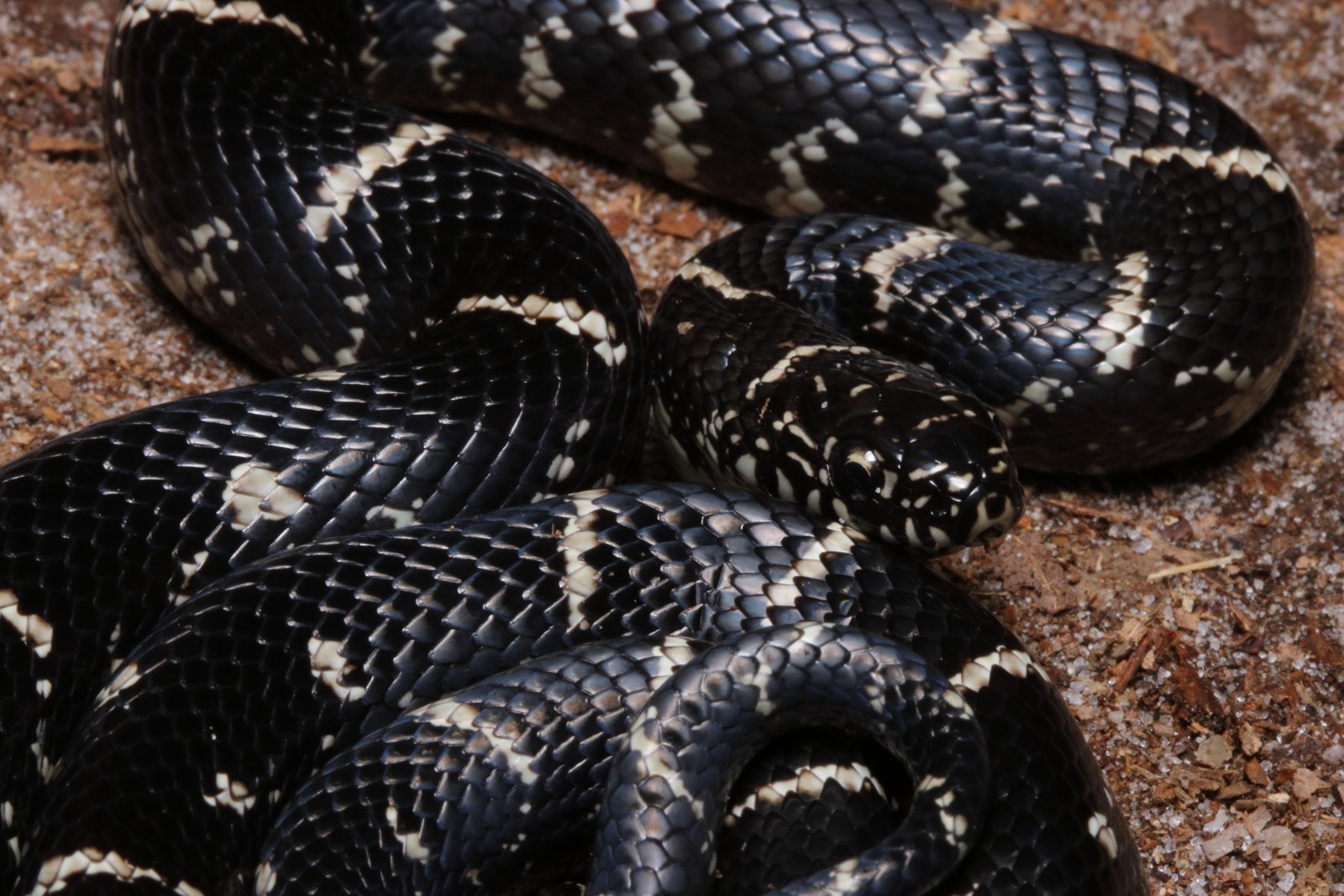
© Riley Stanton / CC BY-SA 4.0
The California King Snake exemplifies the striking contrast typical of the species, with its bold black and white banding pattern serving as both camouflage and warning coloration to potential predators.
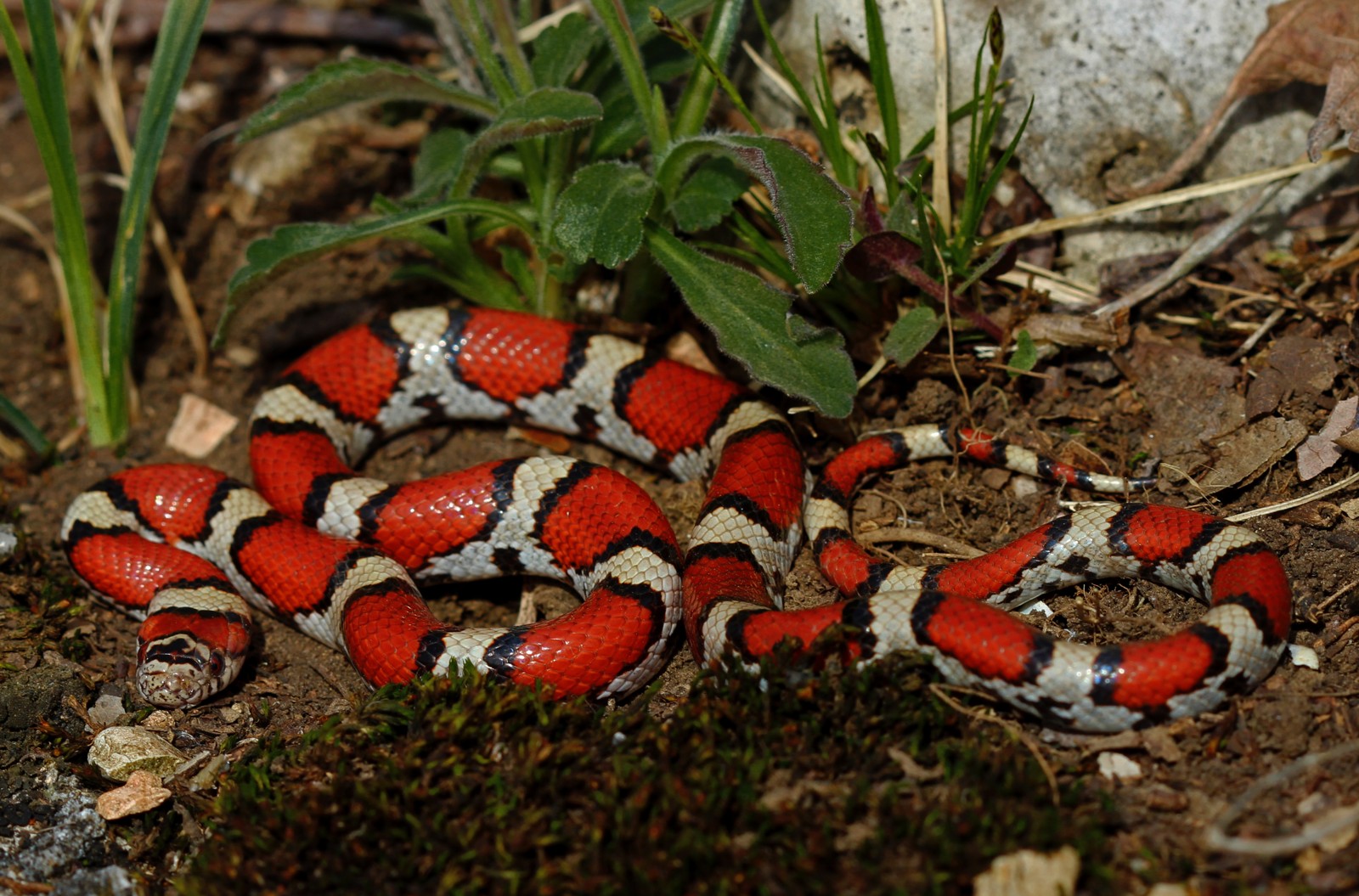
© Peter Paplanus from St. Louis, Missouri / CC BY 2.0
The Scarlet Milk Snake demonstrates the species’ characteristic tricolored pattern, showcasing the vibrant rings that make these serpents among the most visually striking in North America.
Key Differences Between King Snakes and Milk Snakes
| Feature | King Snake | Milk Snake |
|---|---|---|
| Size | 3-6 feet (0.9-1.8m) | 2-4 feet (0.6-1.2m) |
| Pattern | Usually bicolored bands | Tricolored rings |
| Diet | Primarily other snakes | Mainly rodents and lizards |
| Distribution | Throughout North America | Eastern US to South America |
| Temperament | Generally docile | Typically shy but gentle |
| Scale Rows | 21-23 at midbody | 19-23 at midbody |
Habitat and Range Differences
King Snakes demonstrate remarkable adaptability, thriving in diverse environments from desert regions to woodland areas across North America. They’re particularly abundant in the western United States, where they occupy habitats ranging from sea level to 7,000 feet (2,134m) in elevation.
Milk Snakes, while also adaptable, show a preference for forest edges, rocky hillsides, and agricultural areas. Their range extends from southeastern Canada through eastern and central United States into South America, showcasing their impressive geographic distribution.
Behavioral Differences and Hunting Strategies
King Snakes earn their regal name through their remarkable ability to prey on other snakes, including venomous species. Their immunity to snake venom gives them a unique ecological role as apex predators in the serpent world. These opportunistic hunters actively search for prey during both day and night.
Milk Snakes, despite being excellent constrictors, focus primarily on smaller prey like rodents, lizards, and occasionally small snakes. They’re predominantly nocturnal, using their excellent sense of smell to track prey in the darkness.
Care Requirements and Pet Potential
When considering King Snakes vs Milk Snakes as pets, both species make excellent captives, but with different considerations:
King Snakes:
- Require larger enclosures due to their size
- Generally easier to feed
- More active during daylight hours
- Typically more tolerant of handling
Milk Snakes:
- Need smaller enclosures
- May be pickier eaters initially
- More active during evening hours
- Slightly more shy but equally gentle
Natural Defense Mechanisms
Both species employ similar defensive strategies, though with notable differences. King Snakes often stand their ground when threatened, relying on their size and strength as deterrents. They may vibrate their tails and release a musky odor when disturbed.
Milk Snakes typically opt for escape as their primary defense. Their tricolored pattern mimics that of venomous coral snakes, providing them with valuable protection through mimicry. This adaptation, known as Batesian mimicry, helps them avoid predation despite being completely harmless to humans.
Conservation Status and Threats
Both King Snakes and Milk Snakes face similar conservation challenges, primarily habitat loss and fragmentation. Urban development, road mortality, and collection for the pet trade impact their populations, though neither species is currently considered threatened overall.
Human education and habitat preservation remain crucial for protecting these beneficial predators that help control rodent populations and maintain ecosystem balance.
